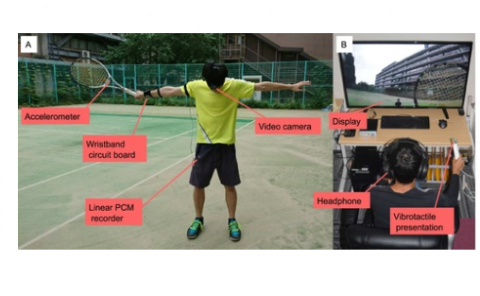Estimating Distances in Action Space in Augmented Reality
PubDate: June 2021
Teams: University of Utah;Vanderbilt University
Writers: Holly C. Gagnon;Carlos Salas Rosales;Ryan Mileris;Jeanine K. Stefanucci;Sarah H. Creem-Regehr;Robert E. Bodenheimer
PDF: Estimating Distances in Action Space in Augmented Reality

Abstract
Augmented reality (AR) is important for training complex tasks, such as navigation, assembly, and medical procedures. The effectiveness of such training may depend on accurate spatial localization of AR objects in the environment. This article presents two experiments that test egocentric distance perception in augmented reality within and at the boundaries of action space (up to 35 m) in comparison with distance perception in a matched real-world (RW) environment. Using the Microsoft HoloLens, in Experiment 1, participants in two different RW settings judged egocentric distances (ranging from 10 to 35 m) to an AR avatar or a real person using a visual matching measure. Distances to augmented targets were underestimated compared to real targets in the two indoor, RW contexts. Experiment 2 aimed to generalize the results to an absolute distance measure using verbal reports in one of the indoor environments. Similar to Experiment 1, distances to augmented targets were underestimated compared to real targets. We discuss these findings with respect to the importance of methodologies that directly compare performance in real and mediated environments, as well as the inherent differences present in mediated environments that are “matched” to the real world.

